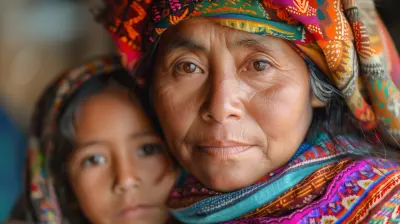Volunteering for Wildlife Conservation in Exotic Destinations
17 October 2025
Have you ever dreamed of waking up to the sound of monkeys chattering in a lush rainforest, or watching sea turtles hatch under a starry sky? If you're someone who loves nature and wants to make a real difference while experiencing breathtaking destinations, volunteering for wildlife conservation could be your perfect adventure.
This isn't your typical vacation—it's a journey of purpose and passion. Whether you're protecting marine life in the Great Barrier Reef or helping rehabilitate elephants in Thailand, conservation volunteering offers a unique way to travel while giving back to the planet. But what does it really involve? And how can you get started? Let's dive in!
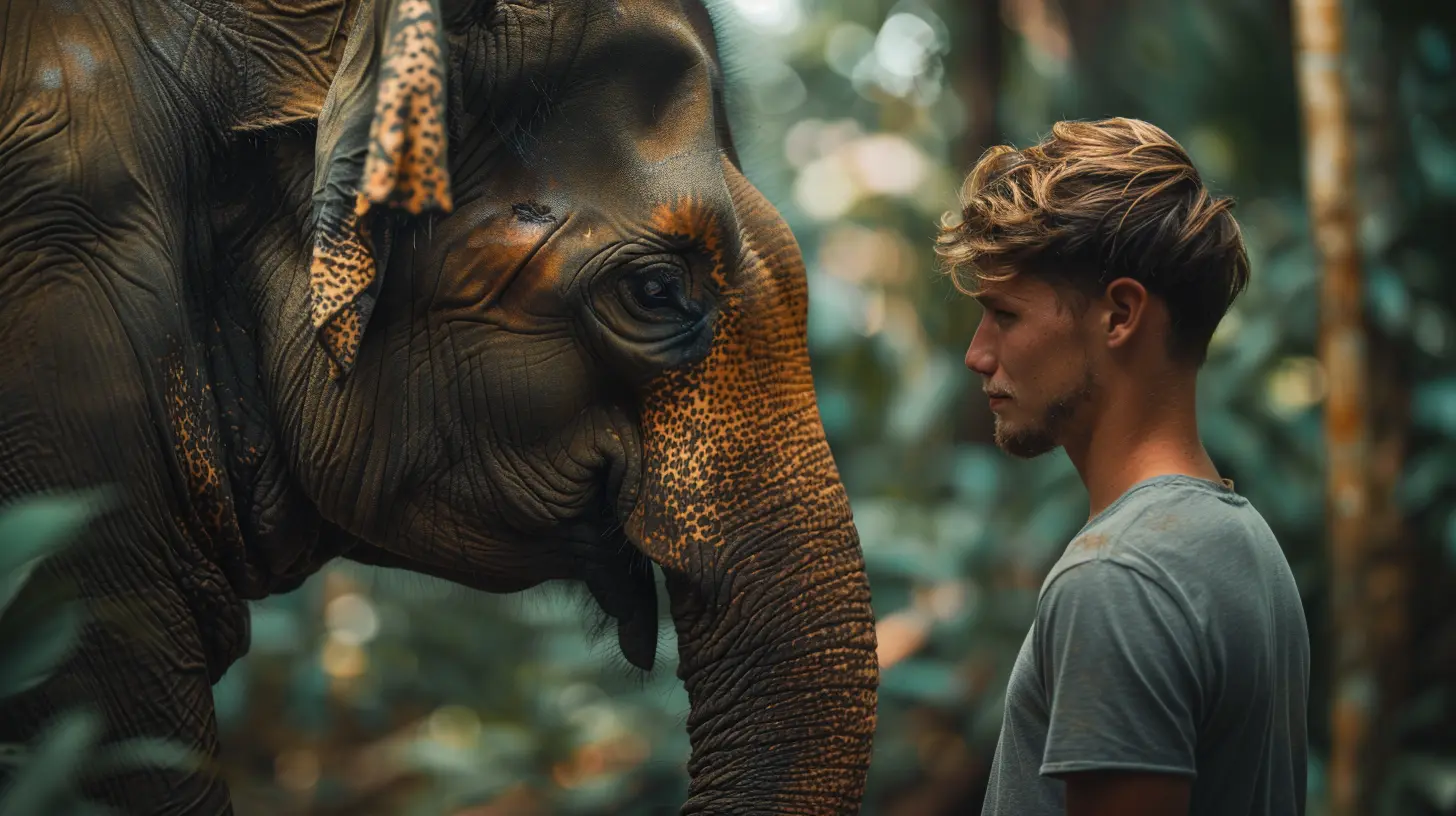
Why Volunteer for Wildlife Conservation?
1. Make a Tangible Impact
Tourism can be a double-edged sword. While it boosts economies, it sometimes harms the very ecosystems people travel to see. By volunteering, you're not just another tourist—you’re actively contributing to conservation efforts, helping to preserve endangered species, restore habitats, and support local communities.2. Experience Destinations Differently
Sure, you could take a safari in Africa, but how about assisting in a lion conservation project? Instead of watching whales from a tour boat, imagine working alongside marine biologists conducting research and protecting these giants of the ocean. Volunteering offers an immersive experience that goes far beyond what a typical vacation can provide.3. Learn Valuable Skills
From wildlife monitoring and habitat restoration to educational outreach, conservation projects equip you with new skills. You’ll gain hands-on experience in ecology, animal care, and sustainable practices—all while working with experts in the field.4. Connect with Like-Minded Travelers
The bonds you build while volunteering can last a lifetime. You'll meet passionate individuals from all over the world, all united by a shared love for wildlife. These friendships often lead to future travel adventures, collaborations, and an expanded global network.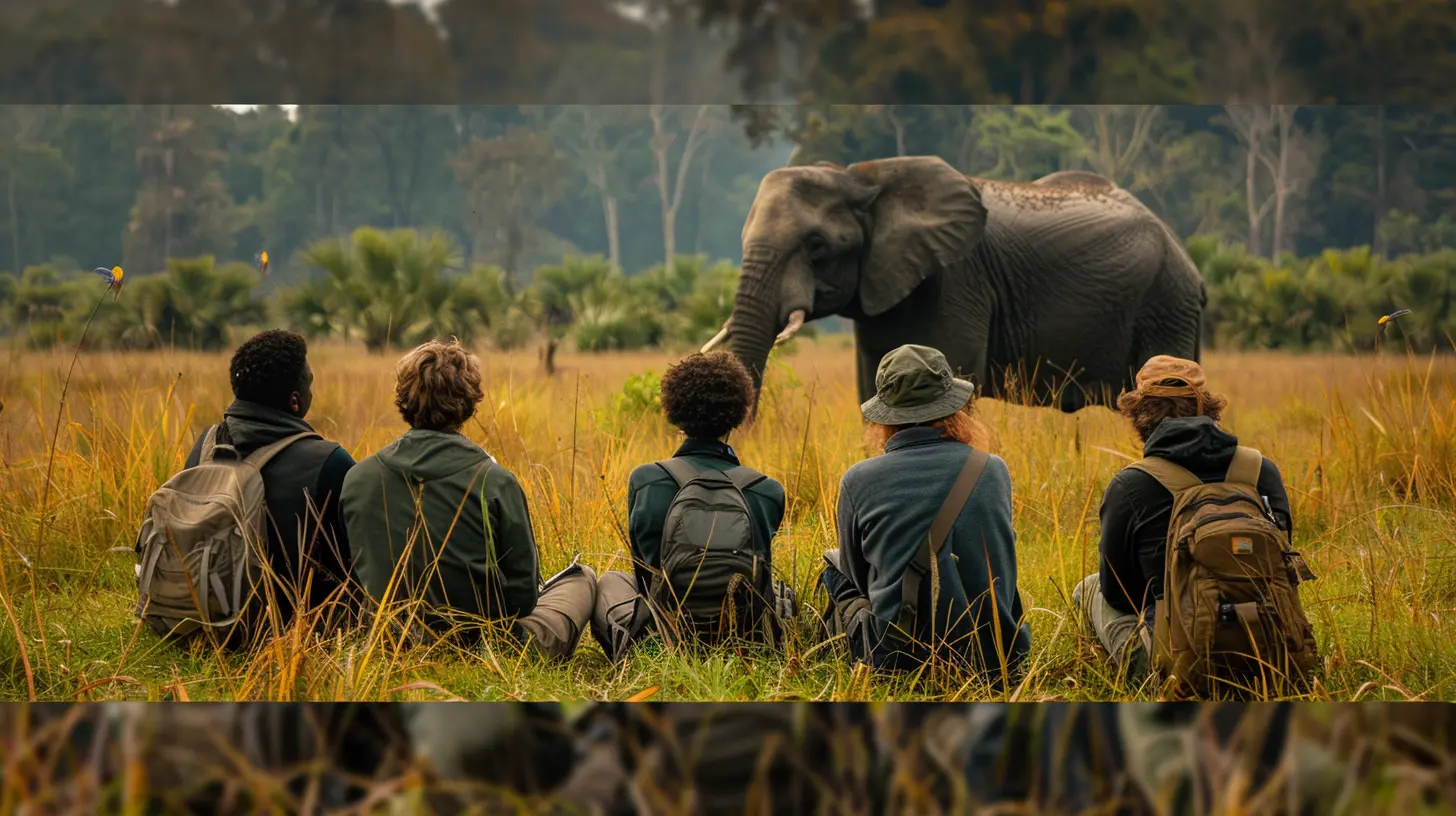
Stunning Destinations Where You Can Volunteer
Now that you're convinced that volunteering for wildlife conservation is an incredible opportunity, let's look at some of the most exotic destinations where you can lend a hand.1. Costa Rica – Protecting Rainforest Wildlife
Costa Rica is a biodiversity hotspot, home to sloths, jaguars, and vibrant bird species. Conservation programs here focus on everything from sea turtle protection on the coasts to reforestation efforts deep in the jungles. Imagine spending your days monitoring wildlife, planting trees, and educating local communities about sustainability!2. South Africa – Big Cat Conservation
For those who dream of working with Africa’s iconic big cats, South Africa offers some of the best opportunities. As a volunteer, you might track leopards, assist with lion rehabilitation, or even help treat injured cheetahs at a wildlife sanctuary. It's a hands-on experience that will bring you closer to nature’s fiercest predators.3. Thailand – Elephant Conservation
Tourism has long exploited elephants in Thailand, but ethical sanctuaries are changing the narrative. Instead of supporting harmful elephant riding tours, you can volunteer at sanctuaries that rescue and rehabilitate these gentle giants. Tasks may include feeding, bathing, and providing general care for elephants in their natural habitat.4. The Galápagos Islands – Marine Conservation
The Galápagos Islands, known for inspiring Charles Darwin’s theory of evolution, boast an incredible array of wildlife. Conservation work here includes monitoring sea lion populations, protecting nesting sea turtles, and contributing to sustainable fishing practices. If you love marine life, there's no better place to make a difference.5. Australia – Great Barrier Reef Restoration
Climate change and human impact have put the Great Barrier Reef in peril. As a volunteer, you can assist in coral restoration, conduct underwater surveys, and even help clean up plastic waste affecting marine ecosystems. Plus, who wouldn’t want to spend their days snorkeling in some of the world’s most mesmerizing waters?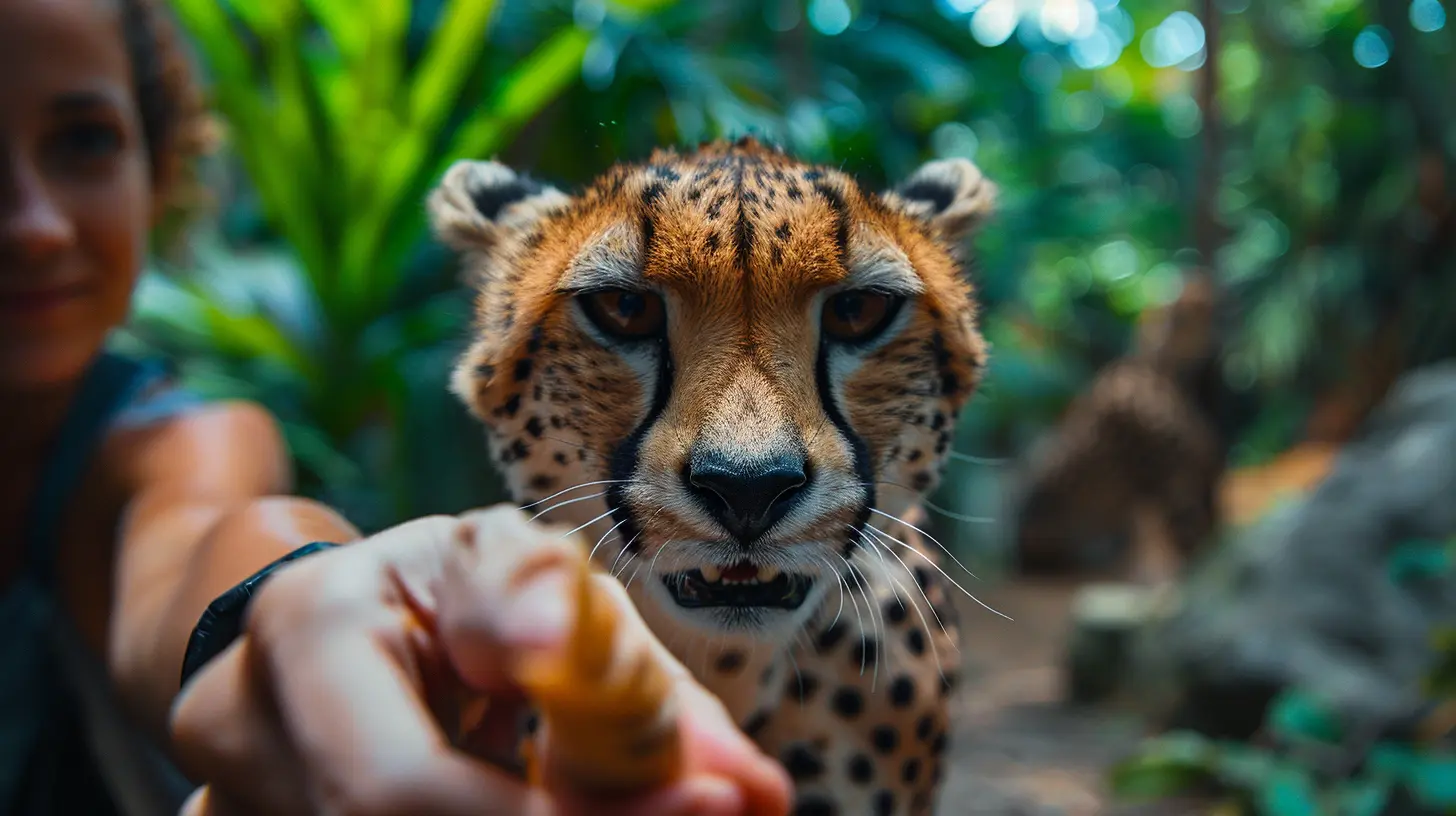
What to Expect as a Wildlife Conservation Volunteer
Before you pack your bags, it's important to know what you're signing up for. Conservation projects can be physically demanding and may take you out of your comfort zone—but that’s part of the adventure!1. Daily Tasks
Your volunteer work will depend on the program, but common tasks include:- Tracking and monitoring wildlife
- Assisting in rescue and rehabilitation centers
- Educating local communities
- Restoring damaged habitats
- Conducting research and data collection
2. Basic Living Conditions
Forget five-star hotels—you’re more likely to be staying in eco-lodges, tents, or simple volunteer houses. These accommodations are designed to have minimal impact on the environment, often located in remote areas where you'll fully immerse yourself in nature.3. Physical Requirements
Many projects involve hiking, diving, or manual labor—so a moderate level of fitness is usually required. That said, there are plenty of opportunities for all ages and abilities, so don’t let this deter you!4. Costs and Fees
Most volunteer programs require a fee to cover food, lodging, and operational costs. While this might seem odd at first (why pay to volunteer?), keep in mind that these programs rely on funding to keep running. In return, you get an unforgettable experience and the knowledge that your contribution is making a real impact.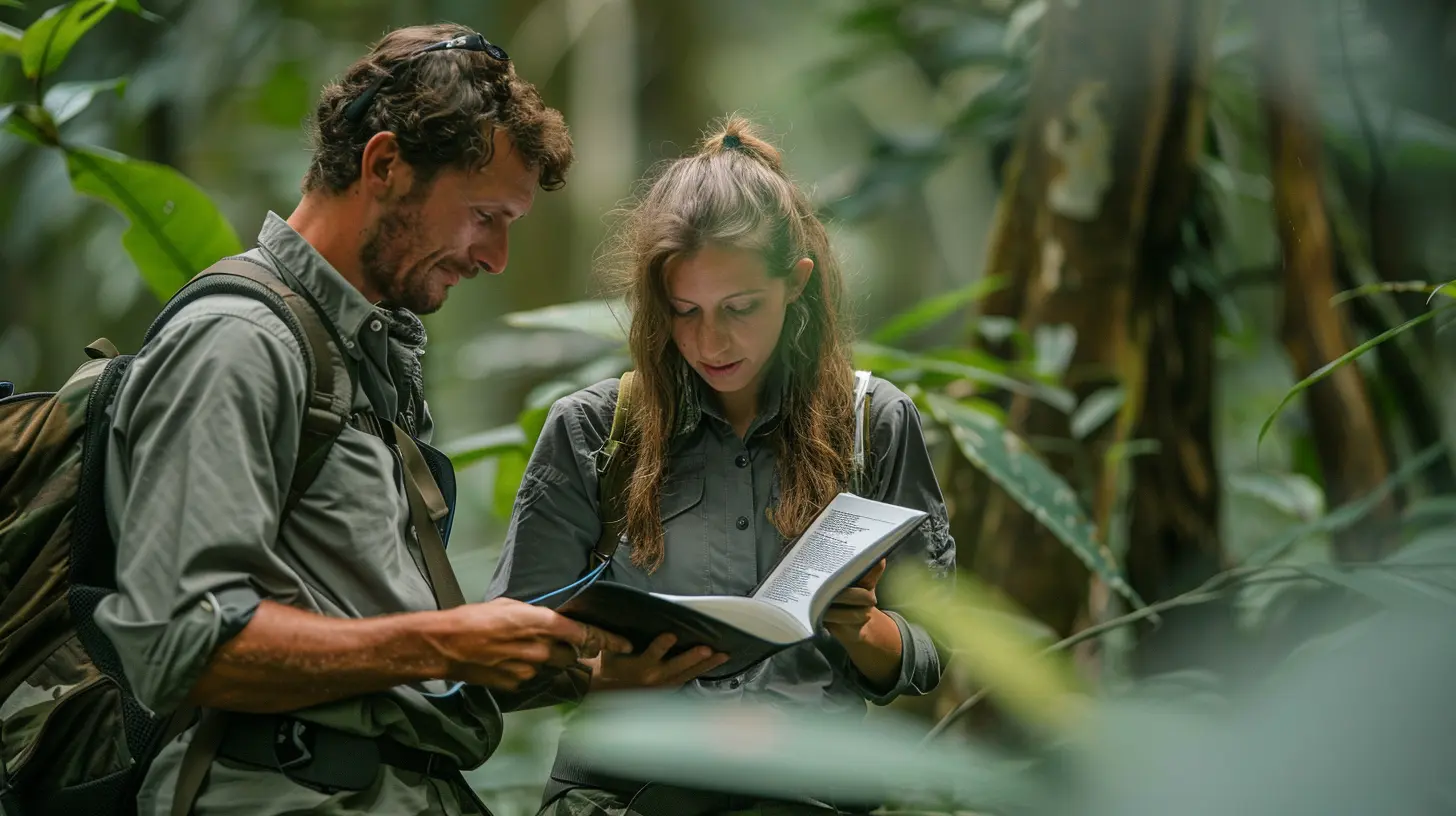
How to Choose the Right Program
With so many options available, picking the right program can feel overwhelming. Here’s how to narrow it down:1. Check Ethical Standards
Not all volunteer programs are created equal! Look for organizations that prioritize animal welfare, engage with local communities, and have transparent operational policies. Avoid programs that allow direct interactions with wild animals unless they're strictly for rehabilitation purposes.2. Consider Your Skills and Interests
Do you prefer working with marine life or land animals? Are you interested in hands-on animal care, or would you rather focus on research and education? Choose a program that aligns with your passion and expertise.3. Read Reviews and Testimonials
Check online reviews, watch videos from past volunteers, and reach out to program alumni. First-hand accounts can give you a better idea of what to expect.4. Look at the Program Length
Some programs last just a week, while others require a commitment of several months. Consider how much time you can realistically dedicate before signing up.Final Thoughts
Volunteering for wildlife conservation in exotic destinations is more than just a trip—it’s an opportunity to create lasting change while immersing yourself in some of the planet’s most extraordinary landscapes. Whether you’re rehabilitating elephants in Thailand, protecting coral reefs in Australia, or tracking big cats in South Africa, every effort counts.So, are you ready to trade in the typical tourist experience for something more meaningful? The world’s wildlife needs passionate people like you!
all images in this post were generated using AI tools
Category:
Volunteer TravelAuthor:

Winona Newman
Discussion
rate this article
1 comments
Quillan Pacheco
What a beautiful way to connect with nature and make a difference! Your insights on volunteering for wildlife conservation inspire meaningful travel experiences and promote global awareness.
October 17, 2025 at 3:29 AM

Winona Newman
Thank you! I'm glad you found the article inspiring—connecting with nature while contributing to wildlife conservation is truly rewarding.


